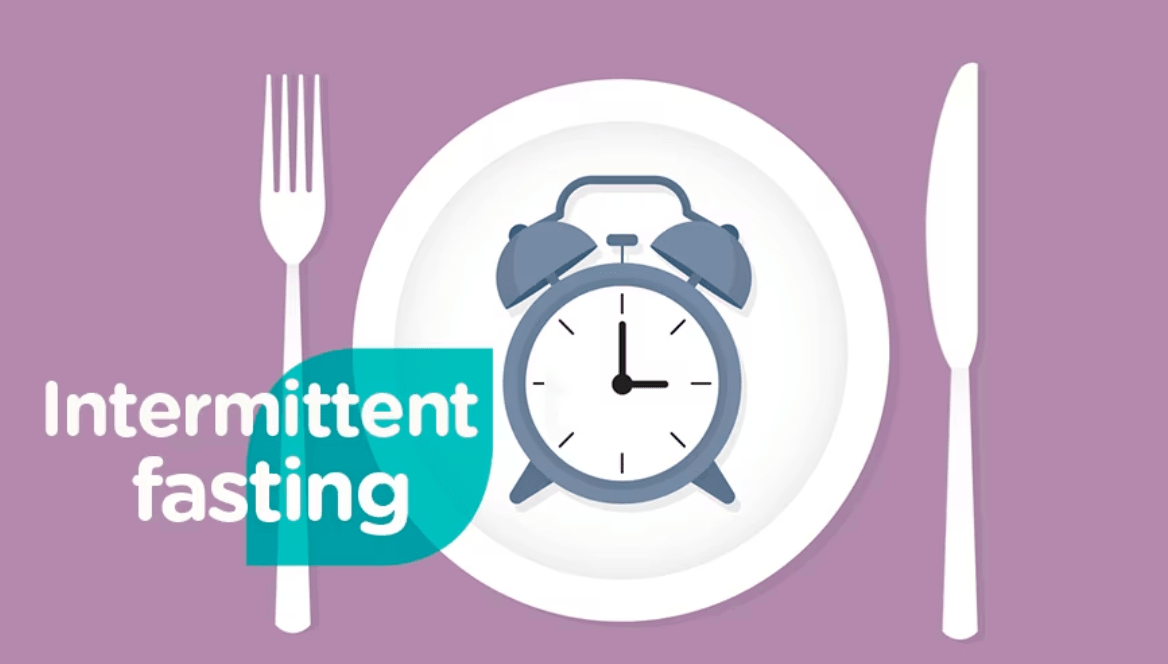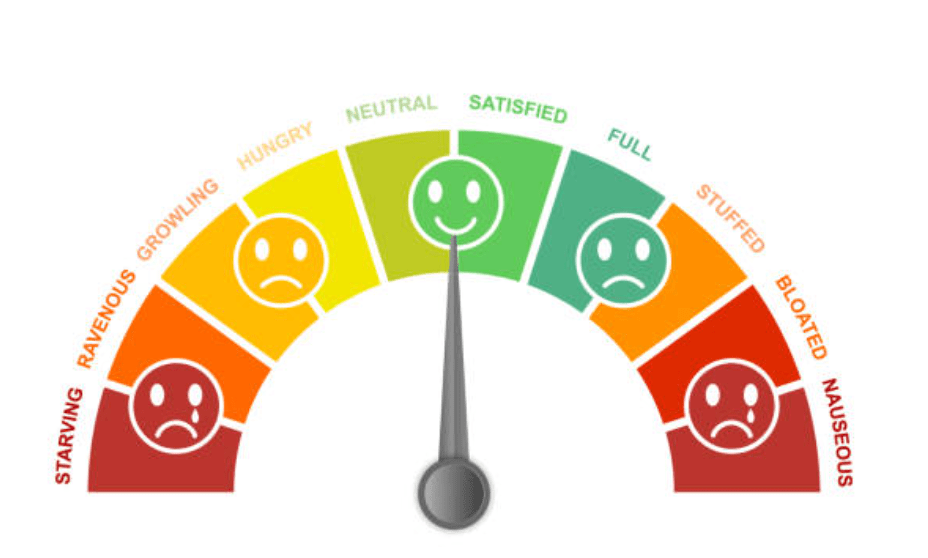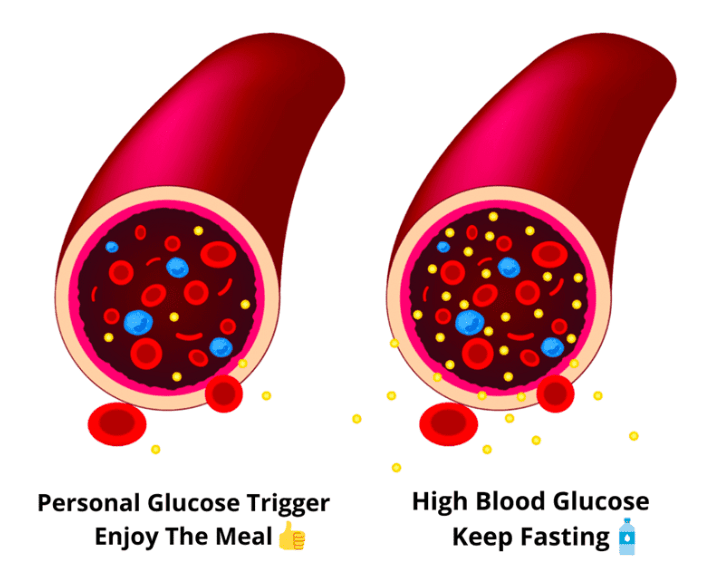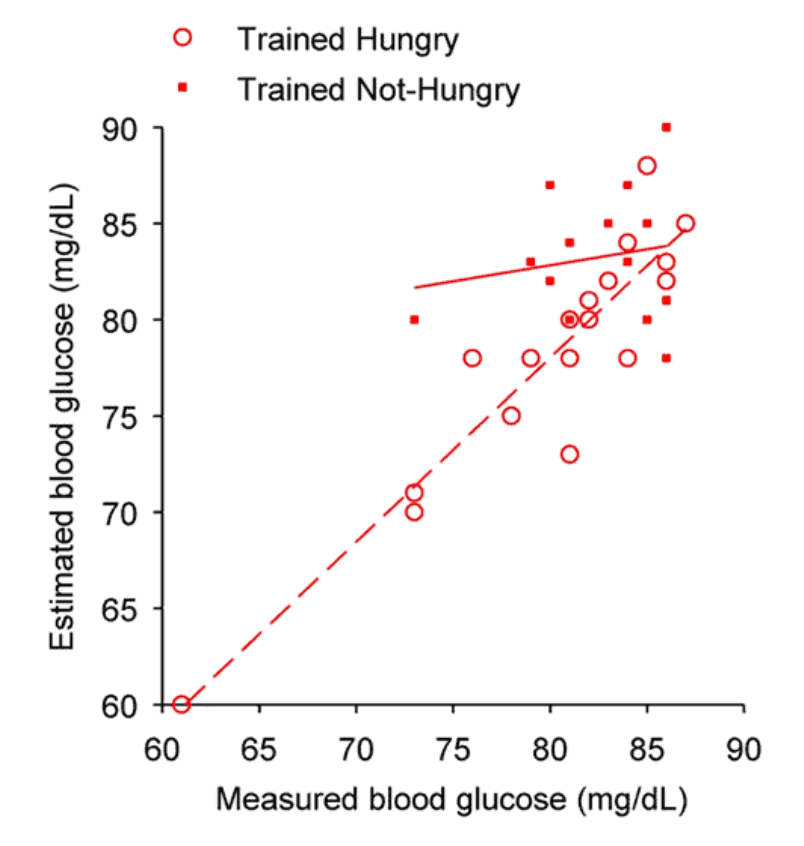A new kind of intermittent fasting that many dieticians and scientists are starting to call “Metabolic Fasting Protocol” is gaining popularity across the world.
According to several scientists from New Zealand, this “metabolic fasting protocol” could be up to twice as effective as traditional fasting methods while being up to 10 times more personalized to suit people’s lifestyle.
Since its rise in popularity in 2018, intermittent fasting has become one of the world’s most popular diets.
But despite its worldwide success and clinically proven efficiency, thousands of people who have tried intermittent fasting failed to see any visible difference in their waistline.
And when asked why intermittent fasting didn’t work for them, the same answers keep coming back:
– Can’t control my hunger while fasting
– Losing and regaining the same a few pounds
– No personalization around daily life
– Loss of healthy hunger signals
However, a new form of metabolic fasting could make rigid and arbitrary fasting methods obsolete in 2023…
What is the difference with traditional fasting? It’s incredibly personalized (easily fits into your life) and scientifically designed to listen to your metabolic (true hunger)… instead of relying on the clock.
In other words, it “removes all the hurdles of traditional fasting methods while doubling its efficiency”, according to a US-based certified dietician who compared metabolic fasting to traditional methods.
In this article, we share everything you need to know about metabolic fasting.
Traditional Fasting Methods In Nutshell

Many of us have heard about intermittent fasting at least once, whether it’s from celebrities posting their favorite routine on Instagram… friends and family members ecstatic to share their latest fasting endeavors… or major news outlets sharing incredible success stories of men and women who lost 50+ pounds thanks to intermittent fasting…
But as a reminder, here’s what intermittent fasting is all about in a few concise lines.
Fasting is simply intentionally refraining from eating for a period of time.
It has been an ancient tradition, having been practiced by many cultures and religions over centuries.
While Jesus fasted for forty days and nights, and Muslims do not eat during daylight hours for the month of Ramadan, the duration of “fasting” can be much shorter.
Many of us eat almost continually from waking up until going to bed.
What makes fasting incredibly effective is that when we don’t eat (fast) during certain hours of the day, we eat less food and start rapidly losing unwanted weight.
Science Behind Fasting
While some people may be skeptical about the benefits of intermittent fasting, numerous peer-reviewed scientific studies indicate that it can help with weight loss and improve insulin sensitivity.
For example, a 5-week randomized controlled trial involving participants with a normal-weight BMI discovered that fasting enhanced insulin sensitivity.
Another study found that intermittent fasting not only reduced body weight, blood pressure, insulin resistance, and oxidative stress but also promoted overall health.
Additionally, combining fasting with exercise can improve body composition and preserve lean body mass, so you don’t need to worry about losing muscle while shedding pounds.
These are just a few examples among hundreds of studies that highlight the benefits of intermittent fasting.
The 3 Main Reasons Why Most People Fail To Lose Weight With Intermittent Fasting
While there are thousands of success stories of people who managed to reach their weight loss targets thanks to intermittent fasting, there are also a lot of men and women who didn’t manage to lose weight with this method.
And the worst part is: it’s not their fault. Despite all its benefits, intermittent fasting is, in practice, notoriously hard to stick with in the long run without proper guidance.
When we first start intermittent fasting, it’s easy to feel hungry all the time while waiting for your chosen time to eat. Plus, you can quickly destroy your natural hunger signals.
Below, we expose the three main reasons why traditional intermittent fasting protocols fail so many people.
Reason #1: Traditional Fasting Teaches To Eat By Time, Not By True Hunger
If you ever fasted, you know that you restrict your eating by time. Every time you wait, it is a mental battle against your hunger. Food is all you can think about.
You can’t concentrate at work; you become more irritated and snappy. A lot of people eventually break down and eat twice as much as they would usually eat and end up feeling terrible about themselves.
It happens because the clock dictates when to eat and not your true hunger signals. A lot of times, your body gives you metabolic signals that you fasted enough and are ready to eat way before your eating window is over.
Reason #2: Traditional Fasting Dysregulates Your Hunger Signals
While it’s invaluable to learn that you don’t need to be eating all the time, intermittent fasting has become a socially-accepted way not to eat when you’re actually hungry.
Everywhere you see online, experts encourage you to push through hunger and wait until their prescribed magical eating window. Unfortunately, this can lead to disordered eating.
It results in someone ignoring their body’s true hunger cues and eating in only predetermined windows, ignoring their hunger outside of those windows.
On the other hand, intermittent fasting can lead to a person consuming an extremely large meal to get all of their calories in one sitting. This also causes them to ignore their hunger cues, as they must eat past the point of fullness to get in an adequate amount.
Reason #3: Traditional Fasting Doesn’t Teach How To Properly Break A Fast
Where people most commonly come stuck with fasting is when they refeed.
There is nothing wrong with going 18, 24, or even 36 hours without food. However, you must still make good food choices when you break your fast.
While fasting has many benefits, when we get REALLY hungry, most of us gravitate to energy-dense, nutrient-poor foods that quickly undo all our discipline, deprivation, and restriction.
We found that you eat after you fast is critical to achieving any long-term benefit from your sacrifice during your fasting.
Unfortunately, many fasting proponents promote the consumption of low-satiety, energy-dense, nutrient-poor foods that leave them in a constant restrict/binge/restrict cycle.
Sadly, they continue to lose and regain the same few pounds without achieving the meaningful, long-term results they hoped for in spite of their herculean efforts.
Why This New Metabolic Fasting Protocol Could Well Make Regular Intermittent Fasting Obsolete
To overcome these shortcomings of traditional methods of intermittent fasting, an innovative start-up called Data Driven Fasting has recently created a new Metabolic Fasting Protocol, which could make regular fasting appear obsolete.
First, let’s talk about Data Driven Fasting. It’s a web app that designs a personalized fasting and refeeding plan for you based on your body’s metabolic hunger signals instead of just following the clock based on an eating schedule designed for someone else.
Imagine having a precise hunger meter that could reveal whether you actually need to eat, should keep fasting, crave food for emotional comfort, or simply feel fake hunger because it’s “breakfast time.”

That’s where Data Driven Fasting comes in. This app uses your blood sugar levels, which are pretty much the closest thing you can get to a real-time fuel gauge, to help you determine if it’s truly time to eat or not.
You see, your body is kind of like a car that you drive daily. Just like a car needs fuel, your body gets its fuel from the food you eat.
When you consume any type of food—be it protein, fat, or carbs—your blood sugar levels increase. However, after a while, your blood sugar drops below your personal metabolic threshold, making you feel like you need more fuel and causing you to feel hungry again.
It’s like your body has its own fuel gauge, signaling when it’s time to eat. So, instead of relying on the clock, which doesn’t know anything about your metabolism, your body ultimately determines when to break your fast.
Data-Driven Fasting helps you tune into these natural signals and listen to your true hunger signals, ensuring that you refuel at the right times for your unique needs.

Using blood sugar as a true hunger signal greatly improves the success rate of fasting because it spares the pain of waiting for your eating window while you might be actually ready to eat.
In fact, 46% of Data-Driven Fasting users reported they started to eat more meals, decreased their fasting time, and still lost weight, often breaking through the stall they had experienced with more extended fasting protocols.
Metabolic Fasting Protocol has been independently studied by researchers in New Zealand.
In a randomized, control trial performed by the group from the University of Otago titled The Effect of Different Types of Monitoring Strategies on Weight Loss, researchers tested metabolic fasting protocol against:
- Daily weighing
- Calorie tracking with MyFitnessPal
- Counseling sessions
This metabolic fasting protocol was the only approach that ended in weight loss.
Everyone else gained weight.
Second, Data-Driven Fasting helps you naturally align with your body’s hunger signals, preventing the need to push through hunger and wait for a traditional eating window.
By doing so, you eliminate the main cause of potential hunger signal dysregulation and the risk of developing an eating disorder.
Researchers have found that after about 4-6 weeks, people can reliably predict their true hunger, allowing them to make healthier eating choices and maintain a better relationship with food.

Third, and probably the most exciting finding, is that blood sugar can’t lie about what you eat or how much you eat.
It makes an incredible accountability tool that improves the quality of your meals when you are actually hungry.
Data-Driven Fasting teaches users what meals work best so they can be full longer without counting calories or macros.
Finally, the app also offers a nutritional support service and live classes to answer any of our questions for complete peace of mind.
Discover How Much Weight Can Be Lost Using Data-Driven Fasting
Thousands of people have achieved truly life-changing transformations thanks to this metabolic fasting protocol from Data Driven Fasting.
Here is what’s included in Metabolic Fasting Protocol:
- 30-day program to guide you to optimize YOUR fasting routine to ensure you achieve your goals.
- Data-Driven Fasting App to track your progress and optimize your intermittent fasting routine.
- 120+ page manual complete with detailed instructions and answers to 90 frequently asked questions.
- Private Community with daily posts and support. We always find people have more success when they share the journey.

